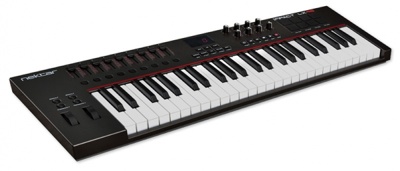HarborTouch (www.harbortouch.com), a point of sale (POS) system and merchant services provider, has published the results of a national survey examining consumer sentiment and usage trends among early adopters of EMV or “chip” enabled credit cards.
Just one month after the Oct. 1 EMV transition deadline, the survey of more than 5,000 U.S. adults found that one in five consumers consider transaction time as their top concern when using an EMV-enabled credit or debit card. These concerns could spell trouble for brick-and-mortar retailers this holiday season. This is especially true for big-box stores like Target, Best Buy and Walmart, which depend on in-store holiday transactions and have made EMV adoption the centerpiece of their store payment security strategies.
“On average, it takes between seven to 10 seconds to pay using a chip card versus two to three seconds to pay using a traditional swipe credit card,” says Jared Isaacman, founder & CEO of Harbortouch, which processes $11 billion in credit card sales each year. “While seemingly small, during busy times like the holidays, these increased processing times could add up quickly. It’s possible we’ll see longer check-out lines or even cart abandonment by those unwilling to wait. Retailers could feel the pinch from lower in-store holiday sales or customers turning to their mobile devices to shop.”
While consumers cite concerns about slower chip card transaction times, nearly 44 percent would be open to purchasing goods in line instead of waiting to check out at a retail counter if it meant decreasing wait times. Capitalizing on emerging “line-busting” or in-line checkout options, similar to those used by Apple in its retail stores, could help big-box stores and other merchants improve the shopping experience. With 33 percent of survey respondents unaware of the option to pay for goods while in line, the strategy may help retailers get in front of possible consumer payment headaches.
The Harbortouch survey also investigated additional EMV chip-card preferences and usage habits of U.S. consumers. Some of the highlights include:
° Only 21 percent of consumers have used an EMV card – The highest adoption rates of EMV cards are among respondents ages 25-34 years-old, also known as Millennials (25.3 percent).
° Majority of consumers say swipe credit cards are the quickest – When polled on the quickest form of electronic payment, 67 percent of people still believe that traditional swipe cards are the fastest method available.
° Speed trumps security – Nearly four times as many survey respondents are more worried about speedy processing times over chip card security or availability of EMV terminals.
“Consumer sentiment around chip-enabled credit card payments and convenience could pose a serious challenge for retailers this holiday shopping season,” says Isaacman. “But there is the opportunity for them to get ahead of the issue by implementing ‘line-busting’ programs or even mobile payment options, which could help retailers cut back on wait times and long lines.”


